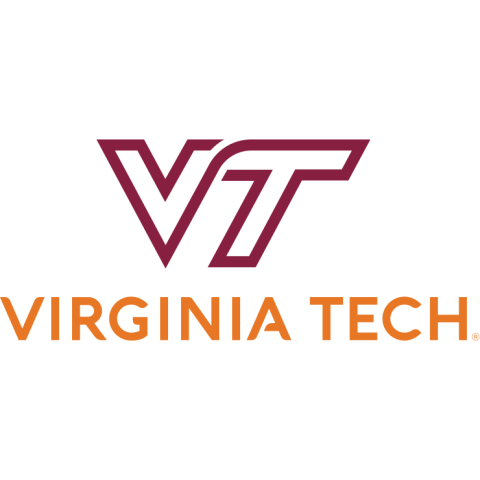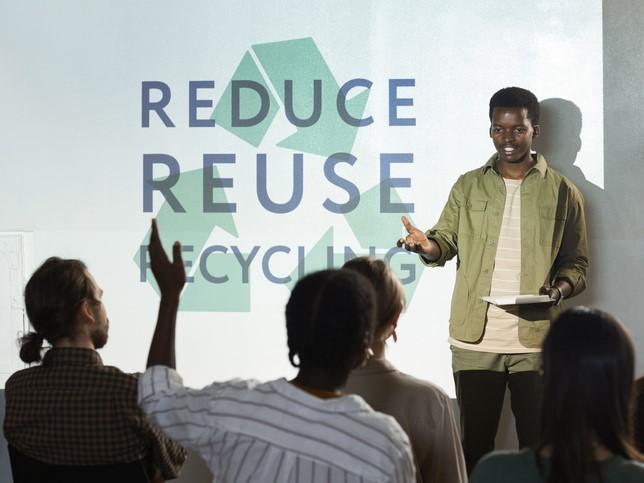
Equipping university students to be leaders in addressing climate change
The world is hotter today than at any time in the past 100,000 years. Tripp Shealy offers educational strategies for universities to develop the leaders needed in the critical fight for a liveable future
In July, extreme heat caused the metal of the Third Avenue Bridge in New York City connecting Manhattan and the Bronx to expand so much that it became temporarily inoperable. When designing the bridge, engineers in 1898 likely never anticipated the intensity of the heatwaves we now experience.
Are the students studying to become civil engineers today considering how their designs will function in hotter conditions?
As an associate professor of civil and environmental engineering, I spend a lot of time thinking about this question. Here are the tools, knowledge and leadership skills that I believe university students need to ensure they are equipped to adapt to the realities of a warming planet:
Develop a future-focused mindset
Thinking about the future is not easy, as my research has shown. Behavioural and cognitive science offers insight into why we often model the future based on today’s conditions – a concept known as temporal discounting. This bias leads us to underestimate long-term risks and prioritise short-term solutions. For engineers, a double problem compounds this challenge: not only do we face temporal discounting, but we also rely on design codes and standards rooted in the past.
- Spotlight collection: what universities can do to become fairer and more sustainable
- THE podcast: universities aren’t too small to lead the climate crisis fight
- Using Sustainable Development Goals to foster innovation
Overcoming the behavioural barriers and the limitations of outdated standards is a complex task. However, it’s essential if we want students to develop solutions that can withstand the realities of future climate challenges. One approach we have used at Virginia Tech is to make these future conditions more vivid. Students develop virtual reality environments in studios on campus that simulate the impacts of climate change on infrastructure. These immersive simulations allow students to experience firsthand what extreme heat, rising sea levels or increased storm intensity might do to the systems they design. By seeing and experiencing these future conditions, students build a mental model they can carry with them into their careers, helping them anticipate and address future challenges.
Developing a virtual reality environment also helps to spark creativity in how they communicate pressing climate issues to others. They practise making abstract concepts more concrete for stakeholders who may not fully grasp the risks.
Build student agency
A group of engineering professionals had a clear response when I talked to them recently about how they factor changing climate conditions into their design decisions: “We don’t.” Their reasons were familiar: “I have no decision-making power” and “Nothing good can come from bringing it up with my client.” These professionals felt hesitant to challenge established norms for fear of pushback. This mindset, though common, is exactly what needs to change if we are to address the challenges posed by climate change.
Building a network of professionals – and potential guest speakers – who support these goals is essential in developing students who will become leaders in climate change. Through our Bowman Sustainable Land Development programme, we bring in individuals who have found ways to push for more sustainable practices within their industry. The industry partners supporting our programme also recognise the value of hiring students who think differently.
Find ways to challenge established perspectives and demonstrate that even small changes can have significant long-term benefits. I recently worked with a master’s student who, like many in the industry, was sceptical of the potential for real change. This student had just finished consulting on suburban land development projects that followed the pattern of unsustainable design that had been in place for decades – car-centric, vast parking lots, minimal sidewalks and few considerations for trees.
To challenge the student’s perspective, I offered an independent study focused on applying the Envision Framework for Sustainable Infrastructure. To their surprise, more than half the metrics in the framework were within the engineer’s realm of control or influence. For example, we discussed expanding the stormwater pipes by just two inches and the downstream effects of adding capacity.
To build agency in students, we must empower them to see themselves not only as engineers but also as advocates for a sustainable future. This approach is a big draw for students interested in our graduate programme. We give them the tools to provide the right type of information to their clients, teach them how to work collaboratively across disciplines, and when and who to ask poignant questions.
By fostering this mindset, we help them recognise that their ability to influence decisions and create innovative, sustainable design sets them apart. This is how they can add value and sell themselves as change agents of the future.
Correct misconceptions about climate action
Correcting misconceptions – such as that investing in clean energy is too costly to be worthwhile – is critical as we prepare students to become leaders against climate change. Students may, for example, struggle to identify the key factors driving climate change or misunderstand the underlying science, as I, along with colleagues, found on examining the beliefs of more than 4,000 civil and other engineering students across universities in the US.
One way to do this is to give opportunities to test entrenched beliefs using real-world scenarios. For instance, a graduate student in our Vecellio Construction Engineering and Management Program and I discovered that facility managers in large institutional buildings frequently overlooked opportunities to make energy improvements to HVAC and lighting systems when replacements were needed, citing high costs and insufficient savings. The student redesigned the procurement process, requiring managers to calculate the payback period for energy-efficient upgrades before making purchasing decisions. The payback period turned out to be about half of what the managers had assumed, which made choosing energy-efficient systems a far more attractive option.
By helping students identify and confront these misconceptions, we can empower them to make smarter, more sustainable decisions in their future careers. Ultimately, this prepares them to shape the world in ways that promote both economic and climate resilience.
Tripp Shealy is an associate professor of civil and environmental engineering and graduate coordinator for the Bowman Sustainable Land Development Program at Virginia Tech. He is an associate editor for the American Society of Civil Engineers’ Journal of Civil Engineering Education.
If you would like advice and insight from academics and university staff delivered direct to your inbox each week, sign up for the Campus newsletter.



